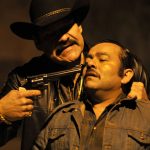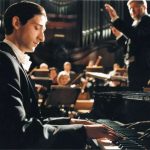🎬 The Godfather Part III: A Somber Conclusion to the Corleone Saga (1990)
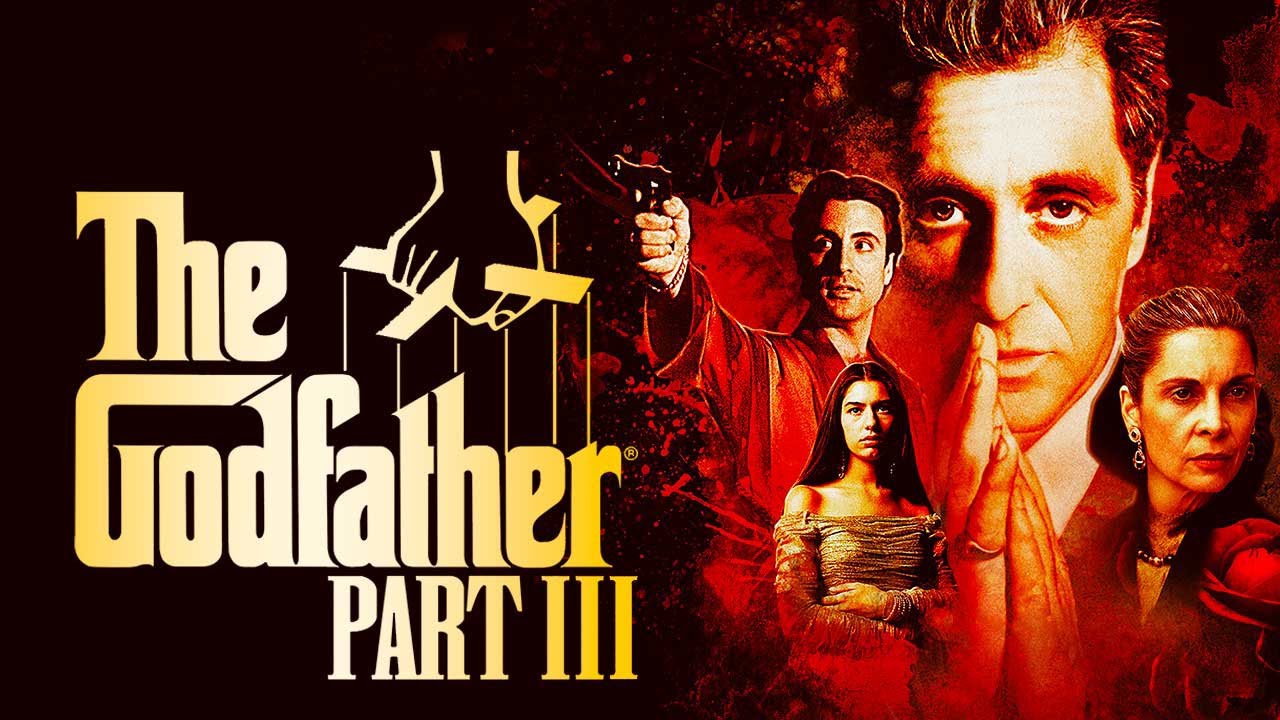
The Godfather Part III (1990), directed by Francis Ford Coppola, is the final chapter in the iconic Godfather trilogy, bringing closure to the story of Michael Corleone (Al Pacino) and the Corleone crime family. Set years after the events of The Godfather Part II, this installment explores themes of redemption, regret, and the inescapable ties of family and power. Although it received mixed reviews compared to its predecessors, The Godfather Part III is a reflective and dramatic epilogue that delves into the soul of a man haunted by his past.
🏛️ Plot Overview: Seeking Redemption in a World of Shadows
The film follows an aging Michael Corleone, now looking to legitimize the Corleone empire and seek redemption for the sins of his past. He attempts to sever his family’s ties with organized crime and secure their legacy through legitimate business endeavors, including a controversial partnership with the Vatican. However, his journey is complicated by both internal family tensions and powerful enemies, making it clear that escaping his violent past will not be easy.
Michael’s nephew, Vincent Mancini (Andy Garcia), emerges as a promising yet impulsive new figure in the family, mirroring Michael’s younger, ruthless self. As he grapples with his own regrets and tries to shield his children from the world he built, Michael is forced to confront the impact of his decisions and the inevitability of bloodshed. In a climactic sequence set at the opera, the tragedy of Michael’s journey reaches a haunting conclusion.
🎭 Standout Performances and Complex Characters

- Al Pacino as Michael Corleone: Pacino brings a powerful, layered performance to an older, introspective Michael. His portrayal captures the weight of Michael’s past decisions and the weariness of a man seeking peace but unable to escape his history. Pacino’s performance adds depth to Michael’s tragic arc, showing the inner conflict between his love for his family and his acceptance of the consequences of his life choices.
- Andy Garcia as Vincent Mancini: Garcia’s portrayal of Vincent is charismatic, intense, and impulsive, embodying a young Michael’s hunger for power. His character brings a new energy to the story, as he becomes Michael’s protégé while struggling with his own volatile nature. Garcia’s performance earned him an Academy Award nomination and remains one of the film’s highlights.
- Diane Keaton as Kay Adams: Returning as Michael’s estranged ex-wife, Keaton brings both strength and compassion to her role as Kay, showing the scars left by her life with Michael. Her scenes with Pacino capture a complex history, filled with unresolved pain and a cautious tenderness as she attempts to bridge the gap between Michael and their children.
- Sofia Coppola as Mary Corleone: In a controversial casting choice, Sofia Coppola plays Michael’s daughter, Mary, who becomes involved with Vincent despite Michael’s objections. While her performance received criticism, Mary’s character adds a layer of vulnerability to the story, as Michael’s desperate attempts to protect her ultimately lead to tragedy.
💥 Thematic Depth and Cinematic Style

The Godfather Part III is less about the rise and fall of power than it is about the cost of that power, exploring themes of guilt, redemption, and the inescapable cycle of violence. Michael’s quest for legitimacy and his desire to atone for his sins resonate as a search for absolution, even as his own past continues to haunt him. This journey highlights the tragic irony that, despite his efforts to protect his family, he remains the cause of much of their suffering.
The film is visually striking, maintaining the dark, shadowed aesthetic that defines the series. Cinematographer Gordon Willis crafts a haunting visual style that captures the grandeur and decay of Michael’s world, emphasizing the heavy atmosphere and sense of doom that pervades his quest.
🎶 Poignant Score and Soundtrack
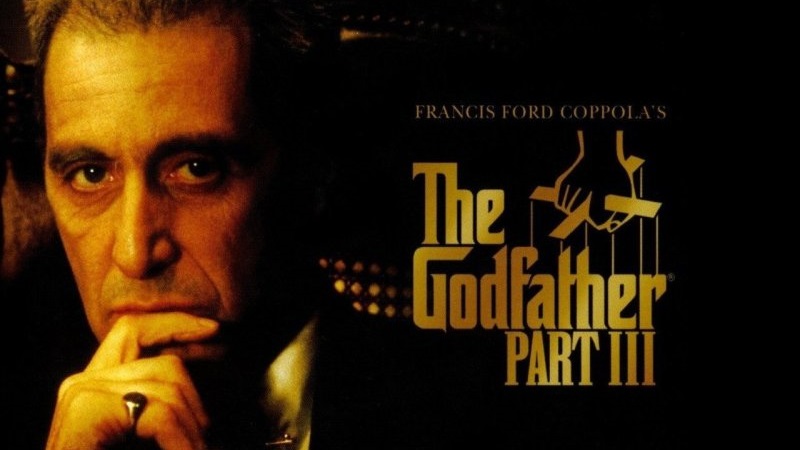
The score by Carmine Coppola and traditional Italian operatic music add an emotional layer to the story, underscoring Michael’s internal struggle and the tragic inevitability of his fate. The haunting “Cavalleria Rusticana” sequence, played during the climactic opera scene, enhances the film’s sense of tragedy and impending doom. The music brings a sense of finality, drawing parallels between Michael’s personal fall and the operatic drama on stage.
🎬 Film Details:
- Title: The Godfather Part III
- Director: Francis Ford Coppola
- Release Date: December 25, 1990
- Cast: Al Pacino, Diane Keaton, Andy Garcia, Sofia Coppola, Talia Shire
- Genre: Crime, Drama
- Runtime: 2h 42m
- IMDb Rating: 7.6
- Notable Aspects: Tragic themes, intense performances, iconic cinematography, operatic climax
🏆 Final Verdict: A Somber, Reflective Conclusion
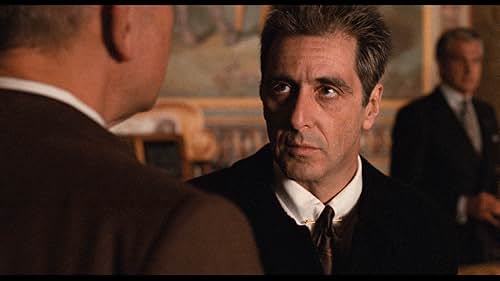
The Godfather Part III is a complex, introspective film that offers a tragic end to Michael Corleone’s journey. While it may lack the critical acclaim of its predecessors, it succeeds in providing a thought-provoking and emotionally resonant conclusion to the trilogy. Al Pacino’s performance as an older, haunted Michael Corleone is both powerful and heartbreaking, and Andy Garcia’s dynamic portrayal of Vincent brings new energy to the story.
For fans of the Godfather series, The Godfather Part III offers closure, delving into the moral and emotional toll of Michael’s choices. It’s a film that, while imperfect, adds depth to the legacy of the Corleone family, exploring themes of power, guilt, and the unbreakable bonds of family with a sense of finality. The trilogy’s ending is both haunting and poignant, solidifying The Godfather series as one of cinema’s most compelling explorations of crime and consequence.
